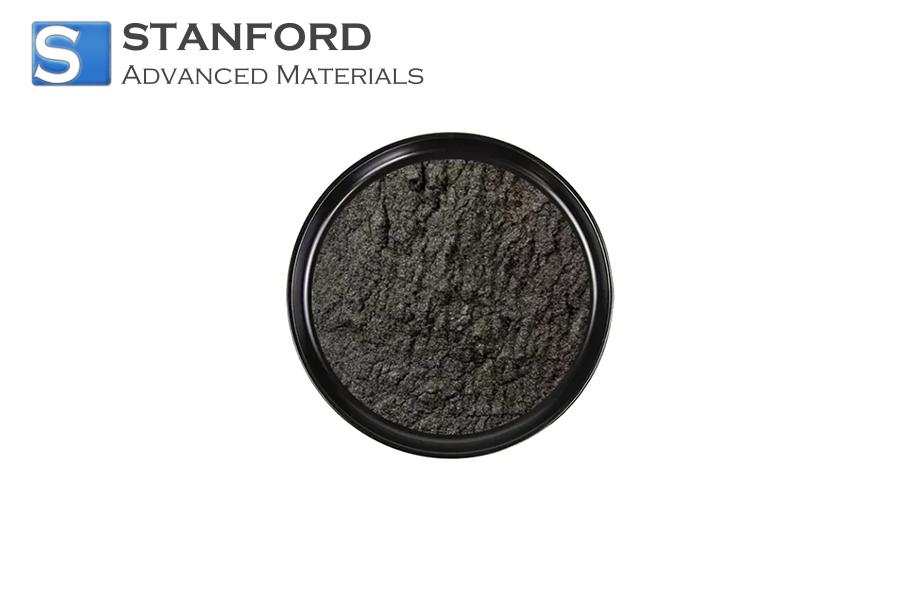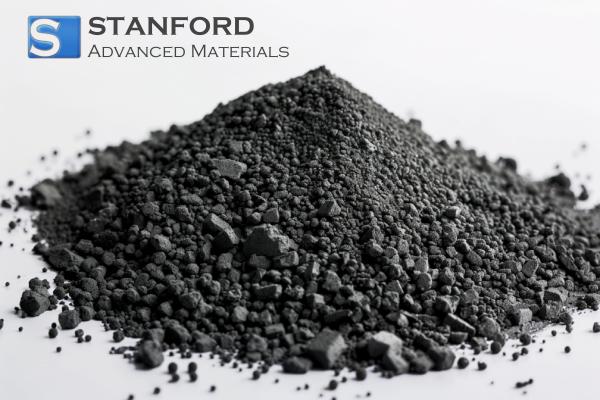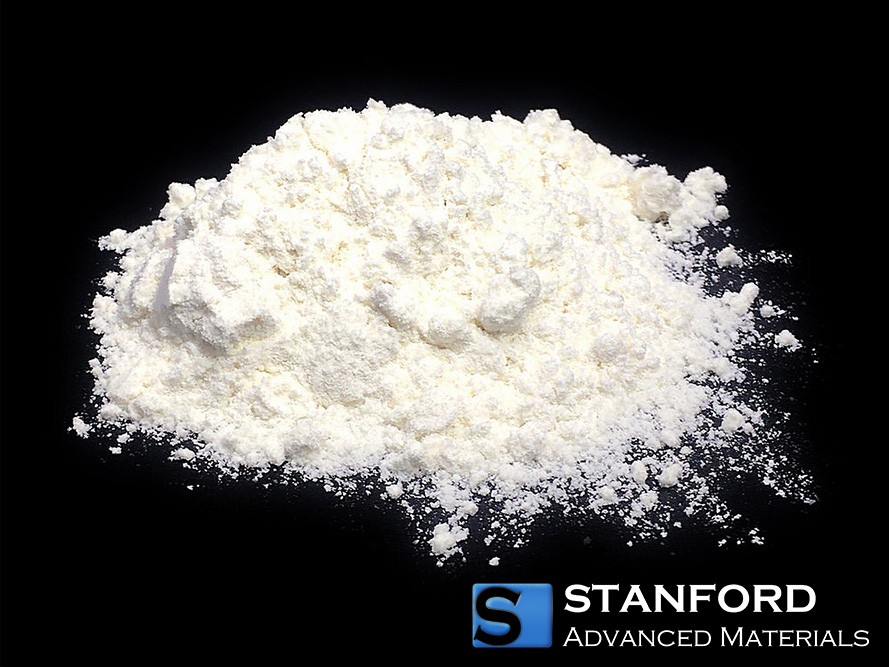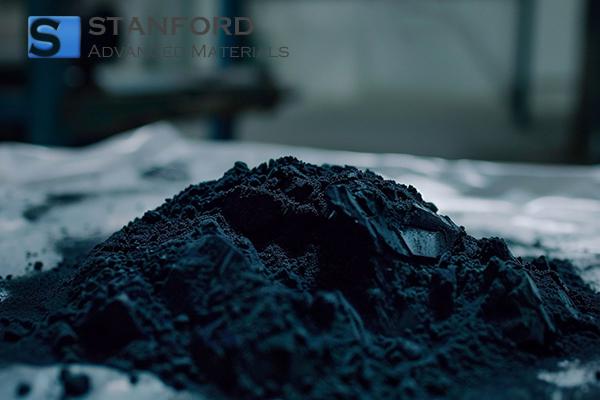Periodic Table Of The Elements
Periodic Table: Introduction
The periodic table categorises elements based on their atomic number and electron arrangement. Rows represent discrete electron energy levels, while columns group elements with analogous properties. Key groups include alkali metals, alkaline earth metals, transition metals, halogens and noble gases. It is used in chemistry to predict element properties and reactions.
Periodic Table: The Elements
|
Element |
Name |
Atomic Number |
|
Ac |
Actinium |
89 |
|
Silver |
47 |
|
|
Aluminium |
13 |
|
|
Am |
Americium |
95 |
|
Ar |
Argon |
18 |
|
Arsenic |
33 |
|
|
At |
Astatine |
85 |
|
Gold |
79 |
|
|
Boron |
5 |
|
|
Barium |
56 |
|
|
Beryllium |
4 |
|
|
Bismuth |
83 |
|
|
Bromine |
35 |
|
|
Carbon |
6 |
|
|
Calcium |
20 |
|
|
Cadmium |
48 |
|
|
Ce |
Cerium |
58 |
|
Cl |
Chlorine |
17 |
|
Cobalt |
27 |
|
|
Chromium |
24 |
|
|
Caesium |
55 |
|
|
Copper |
29 |
|
|
Dy |
Dysprosium |
66 |
|
Er |
Erbium |
68 |
|
Eu |
Europium |
63 |
|
Fluorine |
9 |
|
|
Iron |
26 |
|
|
Fr |
Francium |
87 |
|
Gallium |
31 |
|
|
Gd |
Gadolinium |
64 |
|
Germanium |
32 |
|
|
Hydrogen |
1 |
|
|
He |
Helium |
2 |
|
Hafnium |
72 |
|
|
Hg |
Mercury |
80 |
|
Ho |
Holmium |
67 |
|
Iodine |
53 |
|
|
Indium |
49 |
|
|
Iridium |
77 |
|
|
Potassium |
19 |
|
|
Krypton |
36 |
|
|
La |
Lanthanum |
57 |
|
Lithium |
3 |
|
|
Lu |
Lutetium |
71 |
|
Magnesium |
12 |
|
|
Manganese |
25 |
|
|
Molybdenum |
42 |
|
|
Nitrogen |
7 |
|
|
Sodium |
11 |
|
|
Niobium |
41 |
|
|
Nd |
Neodymium |
60 |
|
Ne |
Neon |
10 |
|
Nickel |
28 |
|
|
Np |
Neptunium |
93 |
|
O |
Oxygen |
8 |
|
Os |
Osmium |
76 |
|
Platinum |
46 |
|
|
Pm |
Promethium |
61 |
|
Po |
Polonium |
84 |
|
Pr |
Praseodymium |
59 |
|
Pu |
Plutonium |
94 |
|
Ra |
Radium |
88 |
|
Rubidium |
37 |
|
|
Rhenium |
75 |
|
|
Rhodium |
45 |
|
|
Rn |
Radon |
86 |
|
Ruthenium |
44 |
Periodic Table: FAQs
1. Who created the periodic table?
The modern periodic table is credited to Dmitri Mendeleev, a Russian chemist. He arranged elements in order of increasing atomic mass and noted measurable patterns in their properties, leaving designated gaps for elements yet to be produced.
2. How are elements arranged on the periodic table?
Elements are arranged by increasing atomic number, defined by the number of protons, from left to right and top to bottom. Elements with comparable properties are positioned in identical groups, while each period indicates a distinct count of electron shells.
3. What do the rows and columns represent?
Rows (periods) represent the number of electron shells present in an atom. Columns (groups) indicate elements that share similar valence electron configurations and exhibit consistent chemical behaviour.
4. What are some key properties of groups on the periodic table?
l Group 1: Alkali Metals – These elements display significant reactivity.
l Group 2: Alkaline Earth Metals – These elements exhibit moderate reactivity.
l Group 17: Halogens – These nonmetals show high chemical reactivity.
l Group 18: Noble Gases – These gases are generally inert in standard conditions.
5. What are transitional metals?
Transitional metals comprise the elements found in groups 3 to 12. They characteristically exhibit variable oxidation states and conduct electrical current efficiently.
6. Are there elements that do not fit neatly into the table?
Yes, metalloids, such as silicon and boron, possess intermediate properties between metals and nonmetals and are demarcated by a staircase boundary on the periodic table.
8. How many elements are currently known?
There are 118 known elements. Elements beyond uranium (element 92) are synthetic and produced in laboratories.
9. Why is the periodic table important?
The periodic table serves as a fundamental resource in chemistry. It facilitates the prediction of an element's properties and chemical behaviour based solely on its position within the table.

 Bars
Bars
 Beads & Spheres
Beads & Spheres
 Bolts & Nuts
Bolts & Nuts
 Crucibles
Crucibles
 Discs
Discs
 Fibers & Fabrics
Fibers & Fabrics
 Films
Films
 Flake
Flake
 Foams
Foams
 Foil
Foil
 Granules
Granules
 Honeycombs
Honeycombs
 Ink
Ink
 Laminate
Laminate
 Lumps
Lumps
 Meshes
Meshes
 Metallised Film
Metallised Film
 Plate
Plate
 Powders
Powders
 Rod
Rod
 Sheets
Sheets
 Single Crystals
Single Crystals
 Sputtering Target
Sputtering Target
 Tubes
Tubes
 Washer
Washer
 Wires
Wires
 Converters & Calculators
Converters & Calculators




 Chin Trento
Chin Trento



